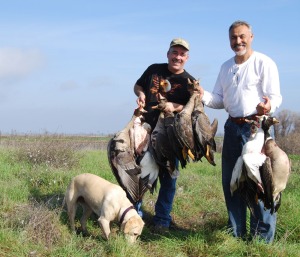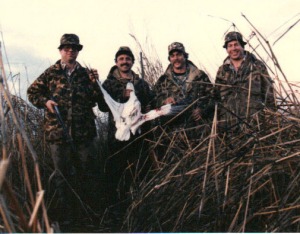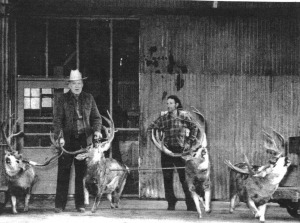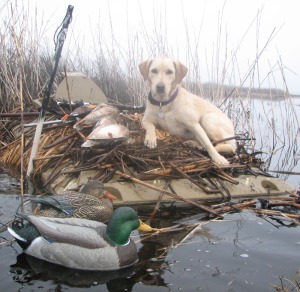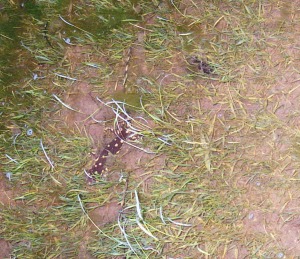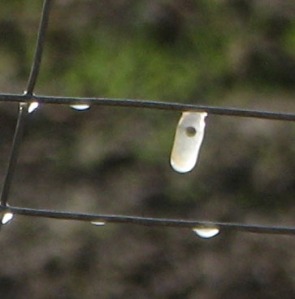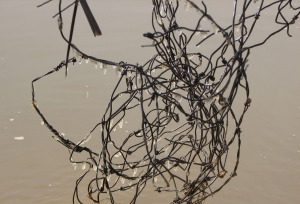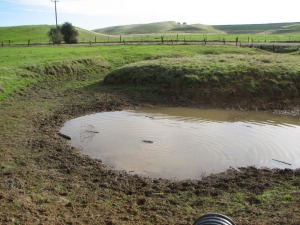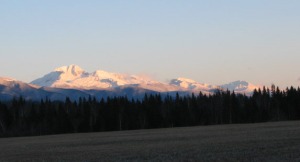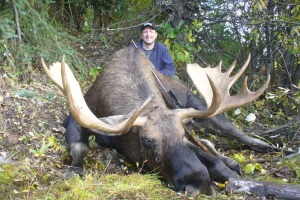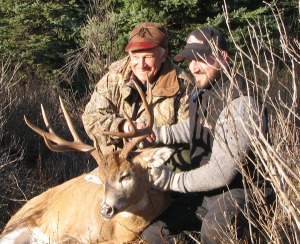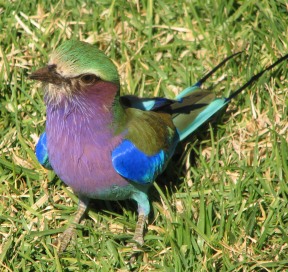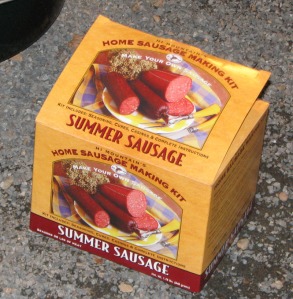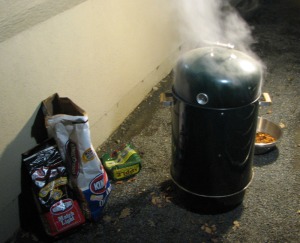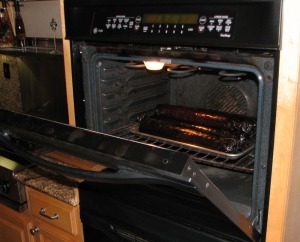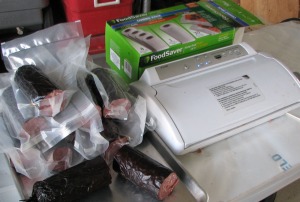Hunted geese twice last week. First on Tuesday and last on Friday. The Tuesday hunt went well as two guests, Michael Flores and Chuck Alexander and myself shot almost a box of shells apiece.
Specs and snows were vulnerable in the morning fog. The final tally was 15 geese between us, nine of them were specs, the best table fare.
We’ve been hunting geese on Webb Tract since about 1978. I remember the first goose I ever killed on Webb. It was a dark goose, either a cackler or a white-front goose.
My hunting partner and I sat frustrated as a huge grind of mallards circled only 100 yards to the south of us. The circle they made was so tight that we could not come close to getting a shot.
We were hunting from a pair of barrel blinds that disappeared in the levy break that took place a couple years later. My hunting partner that day had carried a TV out to the blind so he could watch the playoff football game – can’t remember who was playing.
As he watched the football game, a small flock of geese passed overhead. We fired and both missed on the first shot, but the birds flared straight up and the second shot required no lead.
Shooting directly at the bird’s butt, I knocked him down. In those days Webb held many ducks, but few geese so the goose take was mostly incidental to duck hunting. Today the story is quite different.
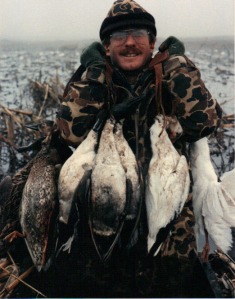
Partner Fred with a nice bunch of ducks and geese on a foggy Webb morning. Note how we put out a bunch of plastic that day.
A couple years after the flood, we began to see a rise in the number of geese. First the snow goose population, then other geese.
The small Canada goose population was so low in those days that the Aleutian goose was on the endangered species list and cackling geese were closed to hunting for a while as well.
The limit on white front geese (specs) was one and the total daily bag was three with three also the possession limit of three.
In the ’90’s goose populations began to expand and it wasn’t long before huge flocks of Aleutians packed onto Webb during December. When hunting returned, they were very vulnerable and tended to fly within range much more than the other geese.
Snows, Aleutians and finally white front goose populations were made of largely of young birds during the 1980’s and ’90’s, but these days the goose population is much more mature.
We used to stop to admire white fronts with barred chests, but these days they are the norm. The average size of the geese is also larger. Population dynamics can be easily observed by unscientific methods.
Who knows how long the geese will maintain this boom cycle, but sooner or later it will come to an end. That’s the bad news. The good news is that maybe the ducks will then return.

